
t has been more than a year and a half since the World Health Organization, or WHO, declared the COVID-19 outbreak an international public health emergency. As outbreaks continue to ebb and flow, the Centers for Disease Control and Prevention, or CDC, along with the federal Occupational Safety and Health Administration, or OSHA, and the US Department of Transportation, or DOT, continue to evaluate best practices and issue guidance for employers aiming to keep our employees and workplaces safe as we chart a course to get back to business.
One of the most foundational points for employers looking to push through pandemic challenges and reduce risk of exposure to their team is a continued layer of control with basic infection prevention measures.
These have proven to be cost-effective solutions and can mean the difference between smooth operations and production delay:
- Continue to use transparent shields or solid barriers to separate workers from other people where social distancing cannot apply to fixed workstations, such as reception areas and cash registers.
- Use masks and face coverings in indoor environments with high traffic and areas where several people occupy the same space.
- Ensure employees and job sites are well-stocked with hand sanitizer and cleaning supplies.
- Continue to respect social-distancing guidelines.
- Increase ventilation where possible.
With students back in school and the onset of the annual cold and flu season, these measures are equally effective at preventing the spread of the more innocuous illnesses that can also cause lost time for businesses.
When coordinating employees’ return to the office from remote work situations, look for ways to help make the change—and compliance with COVID-19 policies—as easy and positive as possible.
- Have face coverings or surgical masks on hand for staff and visitors to use in settings where other relevant, mandatory OSHA standard masks do not apply.
- Create fun, themed mask days or contests for your team.
- Consider boosting employee morale by providing company-branded or industry-themed reusable masks or face coverings.
This small gesture of providing reusable masks aligns with the CDC’s recommendation that even fully vaccinated individuals wear masks in public indoor settings and serves as an opportunity for management to check in with each employee regarding mask distribution. Feeling seen, respected, and valued boosts morale, reduces stress, and further helps keep your team happy, healthy, and productive.
Mitigation and response plans should be revisited and adjusted as federal and state mandates change. Some suggestions:
- Review OSHA-updated employer guidance for unvaccinated workers, including those who are not fully vaccinated. The guidance currently emphasizes the vaccine’s ability to protect workers as a reason for vaccination to be included as a keystone of infection prevention programs.
- Note that OSHA’s recent recommendations also ask employers to “consider adopting policies that require workers to get vaccinated or to undergo regular COVID-19 testing—in addition to mask wearing and physical distancing—if they remain unvaccinated.”
For employers encouraging vaccination and looking for ways to improve cooperation, make it as easy as possible for your team to get vaccinated by doing the following:
- Share details of vaccine location resources.
- Continue offering paid time off to facilitate employees’ decisions to get the COVID-19 vaccine.
- Consider creating fun incentive programs for those who are vaccinated, such as monthly or quarterly drawings for prizes that are meaningful for your team.
As company policies evolve with shifting local, state, and federal recommendations, ensure that changes are clearly communicated and disseminated to employees.
The Department of Transportation continues supporting drug and alcohol testing compliance, recommending, “If employers are unable to conduct DOT drug and alcohol testing due to the unavailability of testing resources, the underlying modal regulations continue to apply.”
Document your company’s best efforts and reasoning where testing could not be completed; this information should always be kept on file.
The modal agency applicable to each employer’s drug testing program should be referenced to determine flexibilities in testing deadlines. Where employees express concern in the collection and testing process, the employers should verify a clinic’s prevention measures. It is, however, ultimately the employer’s responsibility to review an employee’s actions in not testing and determine whether that action should be considered a refusal per 49 CFR § 40.355(i).
Work with your team to review and assess how COVID-19 cases affected operations. What worked well? What didn’t? How many people and what deliverables were affected?
As part of a mitigation strategy, companies should consider cross-training essential responsibilities so there is no lag in deliverables. It is also important to be proactive and outline procedures so that if supervisors are ill or absent, the rest of the team knows who is responsible for which tasks and how to keep moving forward efficiently.
More resources and answers to pandemic-related questions are available on the CDC’s webpage, www.cdc.gov.
Supporting reinforcement of infection prevention measures, revisiting company policy, and addressing employee concerns with workplace changes and testing requirements are areas employers should reevaluate to stay on track and vigilant against the COVID-19 virus and new variants.
Coupled with guidance issued by local, state, and federal organizations, employers can continue using these methods to serve as an effective defense, staying the course so our communities get safely back to business.
